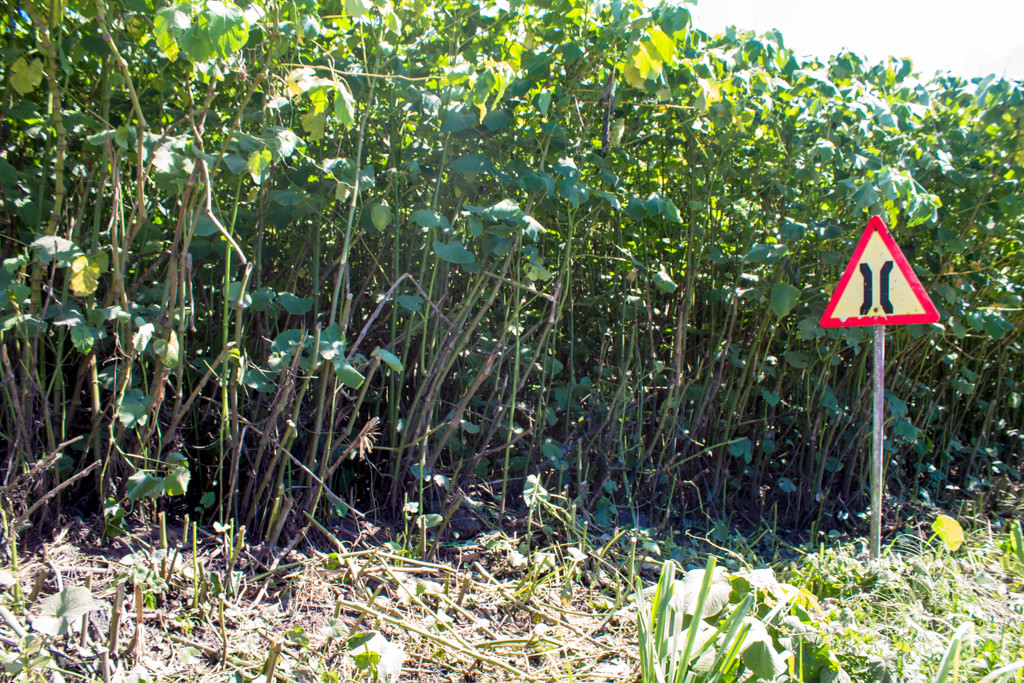Here's something that might be of minor interest to some. I came across this quote in an Australian paper from the '90s...it appears to acknowledge the spread, consumption and undesirability of Piper Auritum through the pacific islands. At the time, apparently, it was just considered to be a different cultivar and not a definitively different species yet.
I'd really like to get some dry False Kava root powder...to smell it, taste and check the acetone test color. Then I think I'd know if some of the 'off' "kavas" I've received over the years actually had Piper Auritum in it.

I'd really like to get some dry False Kava root powder...to smell it, taste and check the acetone test color. Then I think I'd know if some of the 'off' "kavas" I've received over the years actually had Piper Auritum in it.


